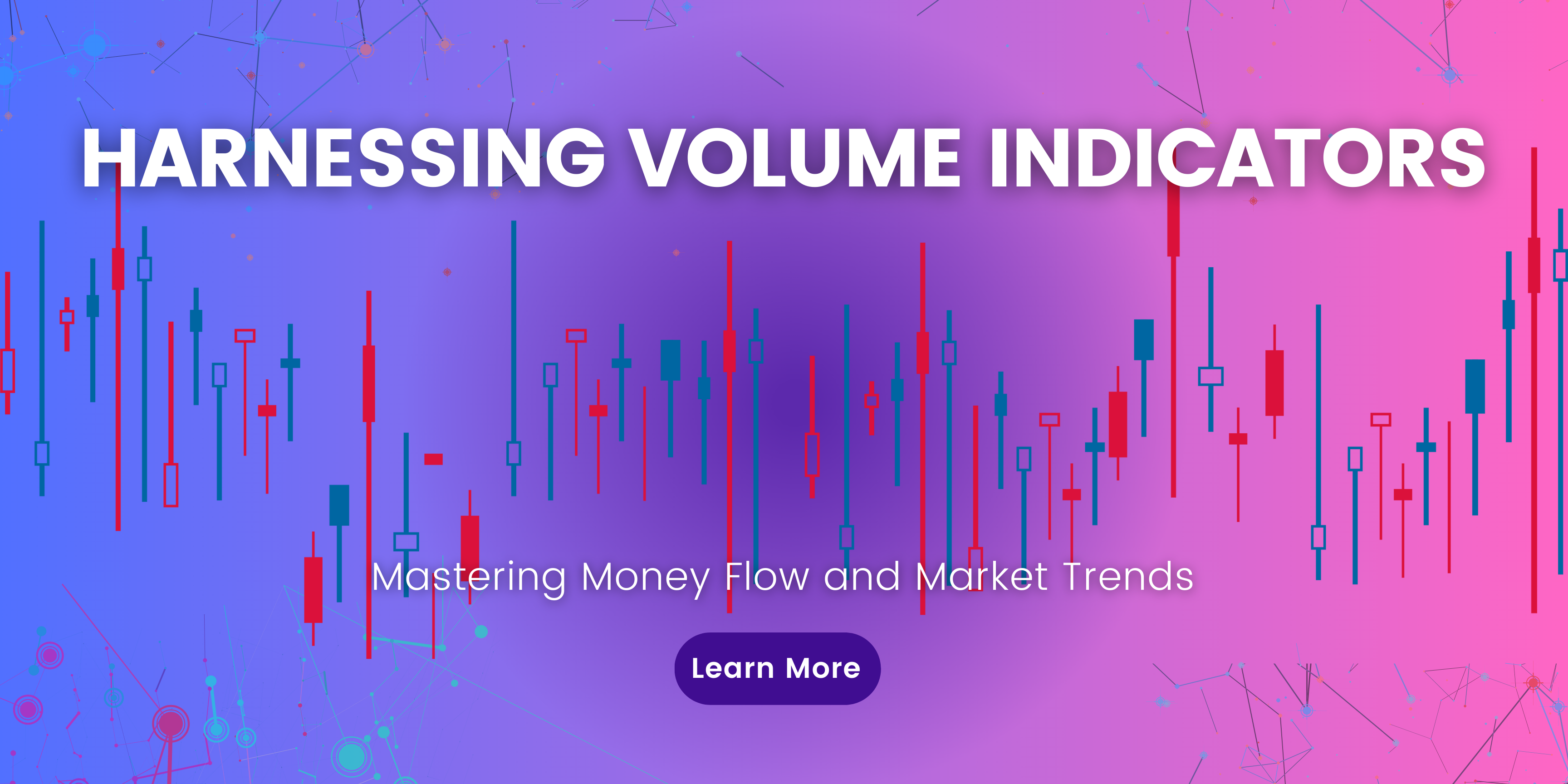Sideways TrendWhen a tight trading range forms with no clear directional bias, prices are moving sideways between support and resistance. Breakouts above resistance or below support signal the resumption of an uptrend or downtrend.Trend lines connect significant swing highs or lows over time to visualize the trend angle. Steeper trend lines indicate stronger trends, while …
How to Read a Forex Chart: Part 4 of 4

Sideways Trend
When a tight trading range forms with no clear directional bias, prices are moving sideways between support and resistance. Breakouts above resistance or below support signal the resumption of an uptrend or downtrend.
Trend lines connect significant swing highs or lows over time to visualize the trend angle. Steeper trend lines indicate stronger trends, while flatter lines show weaker trends prone to reversal.
Recognizing Support and Resistance Levels
Support and resistance levels are price thresholds that act as magnets, attracting buying or selling activity. They represent areas where trends are likely to pause, reverse, or continue after a temporary pullback or throwback.
Key levels stand out clearly on charts where swings highs or lows cluster repeatedly over weeks, months or years. Round numbers like 1.2000 also carry psychological significance.
Support is a price floor, giving way only if broken convincingly. Resistance is a price ceiling that must be surmounted with volume and momentum. Failed resistance tests often lead to pullbacks, while support breaks signal trend continuation.
Identifying, watching and planning trades around significant support and resistance levels is crucial for any technical trader. Levels that have withstood multiple tests carry more weight.
Conclusion
To summarize, understanding how to read Forex charts is fundamental for any trader looking to analyze the market and spot potential trading opportunities. This guide covered candlestick patterns, trend lines, support and resistance levels, common technical indicators and how to interpret them all within the context of an actual chart.
With regular practice, technical analysis skills will improve over time. Traders should experiment with different strategies, always use strict risk management, and not overtrade during high volatility periods. Most importantly, combining multiple factors like patterns, indicators and price action for confluence will result in higher quality trade entries. Continued learning is key – there are many resources online to take technical analysis even further.








